
OR
Banks’ NPLs escalate to an alarming 3.65 percent due to growing cases of loan-default
Published On: April 21, 2024 08:00 PM NPT By: Republica | @RepublicaNepal

KATHMANDU, April 21: The non-performing loans of commercial banks increased to 3.65 percent in the first nine months of the current fiscal year, an increase of 0.63 percent compared to the same period last year.
According to the third quarterly financial reports recently published by 20 commercial banks, their average non-performing loans (NPLs) soared to 3.65 percent from 3.02 percent in the past one year. Based on the total lending of the commercial banks recorded by Nepal Rastra Bank (NRB), the NPLs surged by Rs 34.90 billion to Rs 164.90 billion in the review period.
As of mid-January 2023, the figure was 2.63 percent, while it was only 1.16 percent as of mid-July 2022. Citing the low NPLs of the country’s banks and financial institutions (BFIs), the World Bank even appreciated Nepal’s banking system for maintaining the NPLs at lower side when the BFIs of many other countries struggled to maintain their financial health in the post pandemic period.
The ratio of non-performing loans to the total loan measures the health and efficiency of the banks. It also identifies problems with the asset quality in the loan portfolio. Lower the value of NPLs, lesser will be the financial risk to the BFIs.
According to bankers, the increasing NPLs were the result of the soaring bad debts of Nepal’s commercial banks mainly during the past one year. The defaulting of loans has been increasing mainly due to the ongoing economic slowdown.
Of the 20 banks, the NPLs of Laxmi Sunrise Bank is the highest at 5.49 percent. It was only 1.82 percent in the review period last year. Himalayan Bank with its NPLs of 4.96 percent, stood second in the row. A year ago, the ratio was 4.56 percent. The NPLs of Kumari Bank also inclined to 4.95 percent from 3.97 percent.
Standard Chartered Bank and Nepal SBI Bank, which have had the recognition for maintaining their NPLs at the lower side, observed increased NPLs by a notable rate during the review period this year. The NPLs of Standard Chartered Bank Nepal increased to 2.14 percent from 0.9 percent. Similarly, the financial indicator of Nepal SBI Bank escalated to 1.98 percent from 0.97 percent.
Based on the period of the overdue of the loans issued by the banks, Nepal Rastra Bank has categorized NPLs as sub-standard, doubtful and bad loans. The substandard loans are those loans whose interest and principal payments are due up to six months. The doubtful loans are those in which payments remain due for six months to one year, while the overdue period is more than one year in case of bad loans.
For the substandard loans, the BFIs have to maintain 25 percent of the amount in the provisioning. In case of doubtful loans, the provisioning amount is 50 percent, while for the bad debts; banks need to maintain a cent percent amount in provisioning.
You May Like This

Commercial banks’ NPLs rise notably, hike in interest rates blamed
KATHMANDU, Nov 1: The nonperforming loans (NPL) of Nepali commercial banks have increased by a notable amount in the first... Read More...
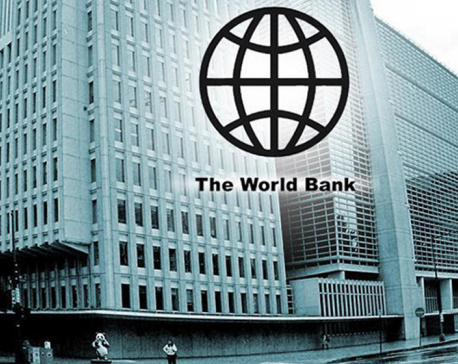
Nepal’s BFIs have only 1.16 percent nonperforming loans, the lowest in South Asia: World Bank
KATHMANDU, OCT 31: Nepal has the lowest rate of nonperforming loans (NPLs) in its banking system among the South Asian countries,... Read More...



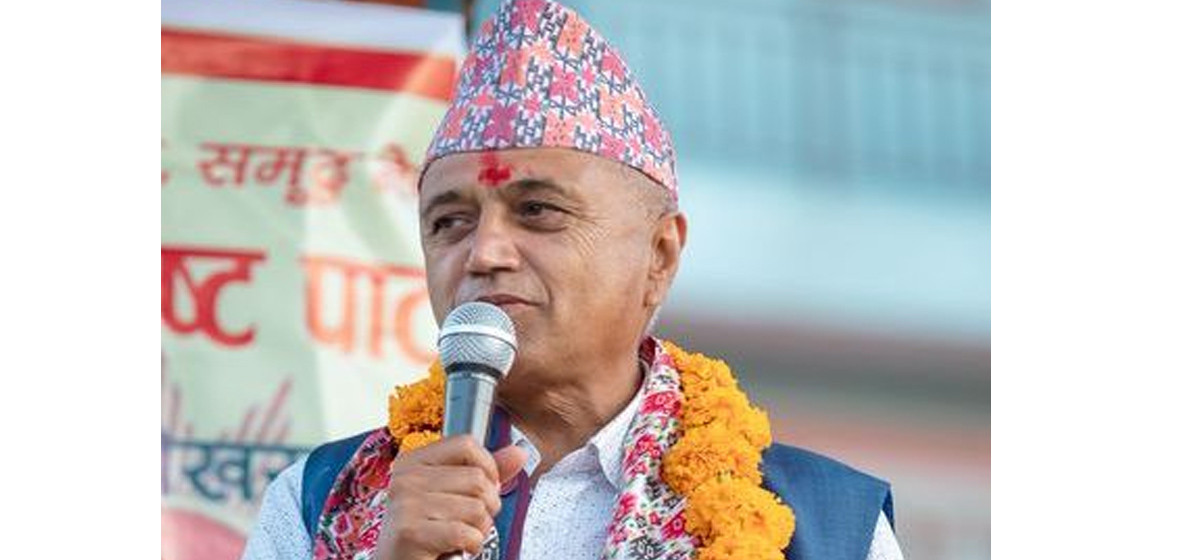

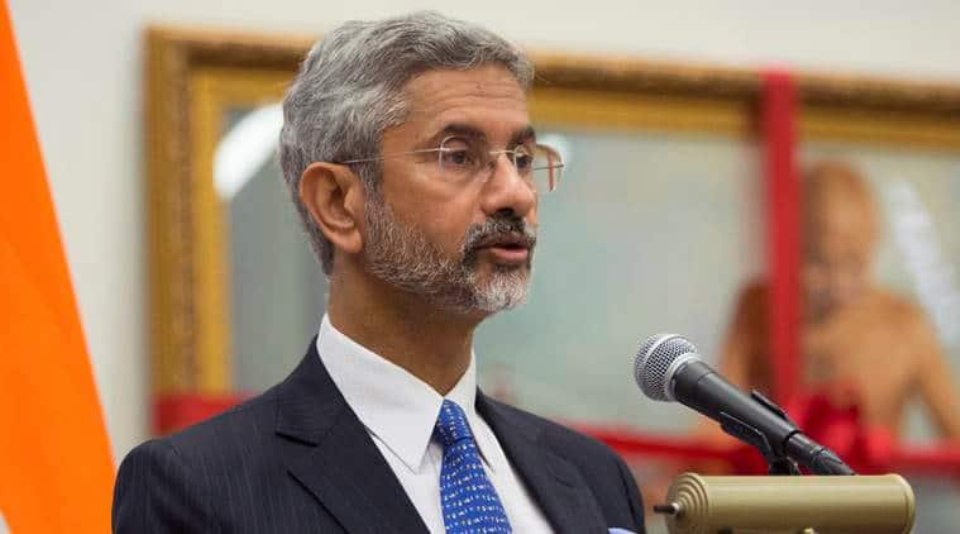

Just In
- Govt presents ICT awards in seven categories on occasion of 7th National Information and Communication Technology Day
- Gandaki CM Adhikari seeking vote of confidence today
- Chakra Budha appointed Director General of DRI, Nawa Raj Dhungana transferred to MoFA
- Madonna’s biggest-ever concert transforms Rio’s Copacabana beach into a massive dance floor
- Indian Govt lifts ban on onion exports; imposes minimum export price of USD 550/tonne
- Fire breaks out in a tin shed in Bafal, five members of a family injured
- India expresses discontent over Nepal govt's recent decision to feature new map on Rs 100 notes
- Patan High Court defers hearing on cricketer Lamichhane’s case



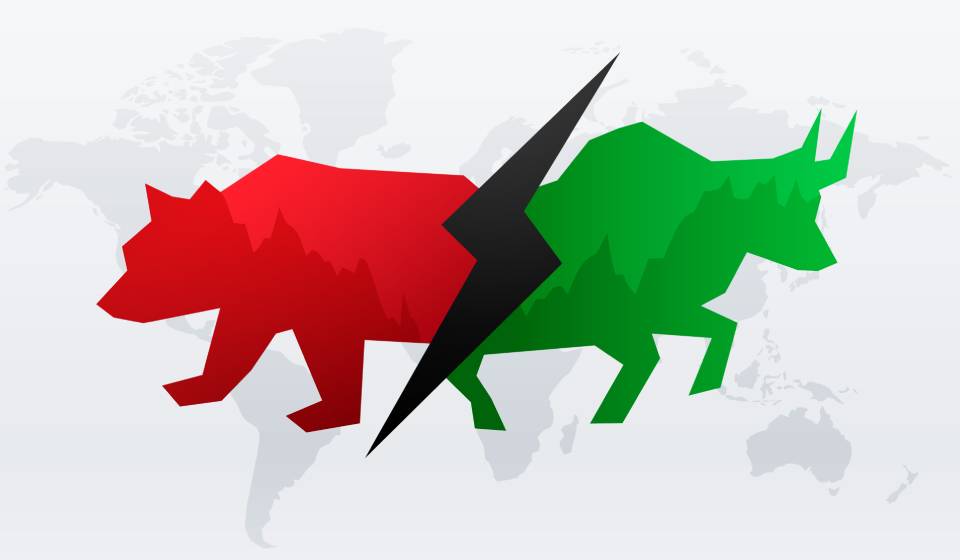





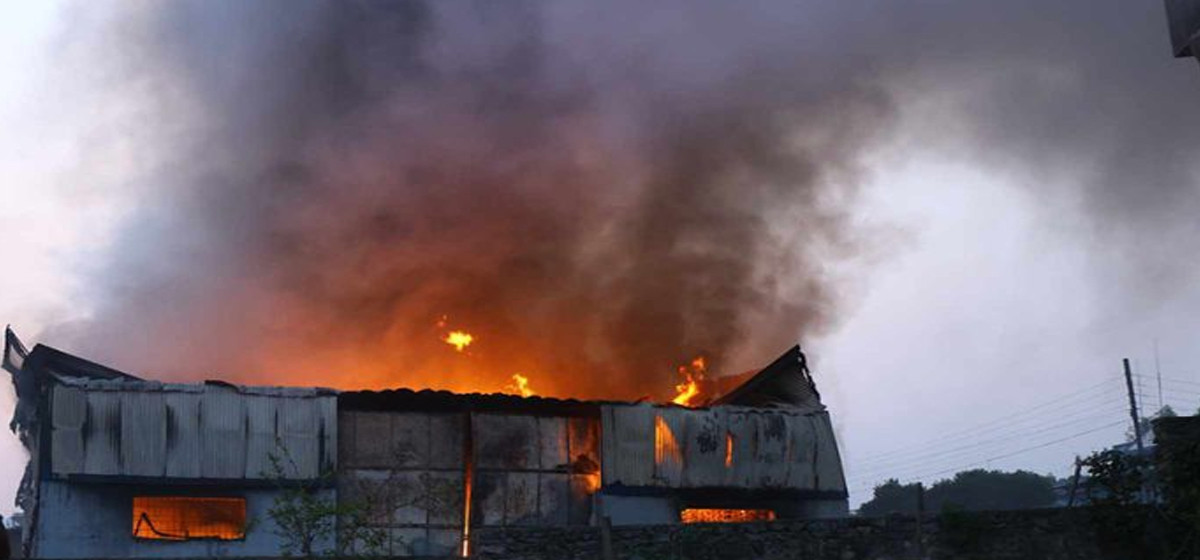
Leave A Comment